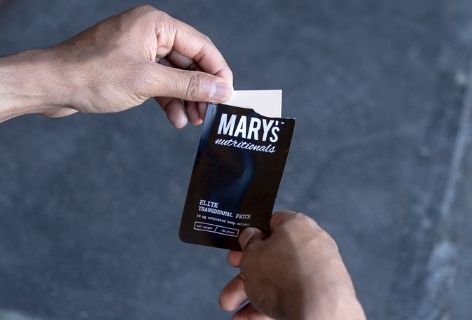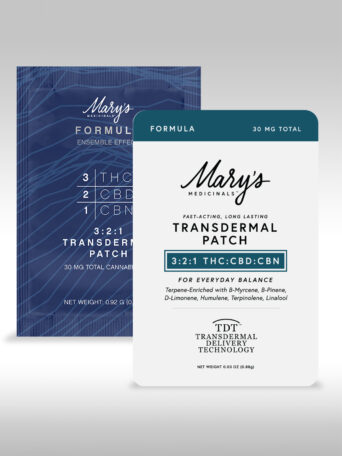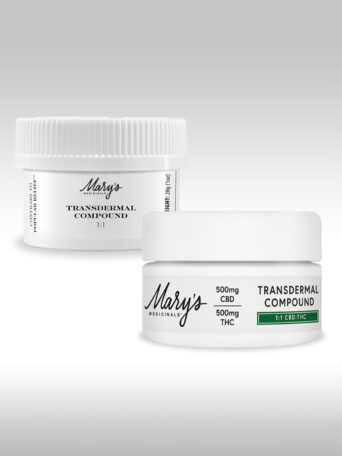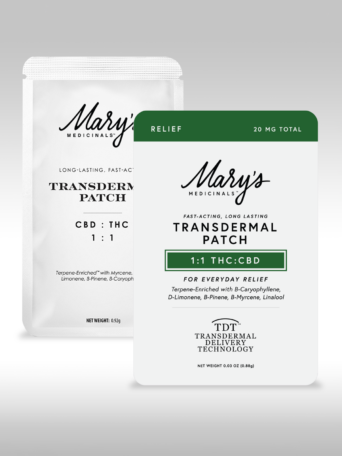According to the Alzheimer’s Association, the number of Americans living with Alzheimer’s is 5.8 million and that number is expected to reach 14 million by 2050. Currently 1 out of 3 seniors die with dementia or Alzheimer’s and it is the 6thleading cause of death in the U.S. In 2019, the estimated cost of treating Alzheimer’s and other dementia is around $290 billion. By 2050 that number is expected to reach nearly 1.1 trillion. Equally staggering is the number of hours that caregivers provide. In 2019 the estimate is that 18.5 billion hours of care will be provided for Alzheimer’s and dementia patients with a total cost of close to $234 billion!
Cannabis has demonstrated effectiveness in treating Alzheimer’s and dementia. In 2014, U.S. researchers published data revealing that small amounts of delta-9 THC were effective in reducing the excessive brain proteins that are a hallmark of Alzheimer’s. In Israel cannabis is routinely used to treat dementia. Israeli clinicians note that cannabis not only treats the dementia but also other symptoms of the disease such as loss of appetite and chronic pain.
In the U.S., as is well known, federal regulations have impaired research and legal access to cannabis. But in those states with legal, medical cannabis there are emerging stories of success with treating dementia with cannabis. The following case study from cannabis clinician Eloise Theisen, RN, MSN, AGPCNP-BC, is a remarkable story that demonstrates not only the potential of cannabis treatment for dementia but also the importance of a dedicated cannabis healthcare practitioner in treating serious ailments with cannabis products. This case also demonstrates how effective Mary’s transdermal patch can be in providing long-term coverage and is the second case study from Theisen to highlight the effective use of transdermal patches “in the field.”


This case presentation involves an 83-year-old male with vascular dementia living at home with his wife who is the primary caregiver. They also have a caregiver come in for 4 hours a day, providing some respite for the family. The patient becomes more verbally aggressive and anxious when caregivers are present. The wife and daughter wanted to keep the patient home and manage his symptoms without pharmaceuticals if possible. They were very interested in cannabis as a possible treatment.
Initially the patient was placed on a 10:1 CBD tincture at 8 drops once a day which demonstrated small improvements. Next a 4:1 CBD tincture was given at 3-4 drops a day. The patient experienced increased agitation within a few hours of the dose and the tincture was discontinued. An 18:1 CBD tincture was tried next. The patient was given 8 drops a day. He was less anxious but his agitation increased with the higher doses of CBD. His symptoms were well managed for a short period of time but we were unable to increase dose or add in additional dosages due to increased symptoms. The patient needed extended coverage and tinctures were only providing short term relief so a transdermal patch of CBD 10mg was recommended. The daughter and wife were instructed to cut the patch into ten 1mg pieces and place one piece on the inside of the wrist. The 1mg CBD transdermal dose caused incontinence and shakiness but mood was much improved. The patch was replaced the following day and the patient again experienced bowel incontinence. The daughter and wife were then instructed to cut the 1mg sections into 3rds and administered 0.33mg CBD every 72 hours. At that dose and frequency the patient’s mood improved with effects that lasted throughout the day without the unwanted side effects. ❖







